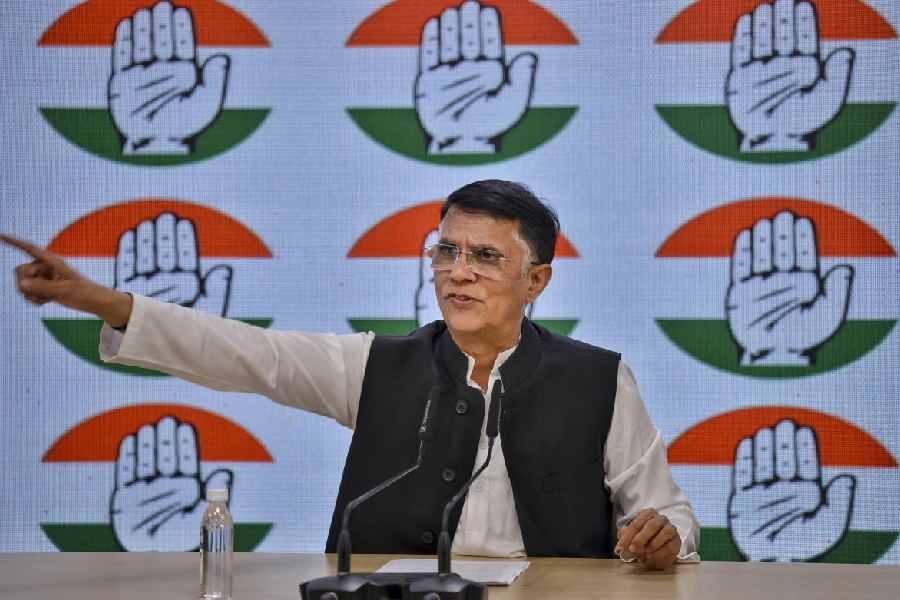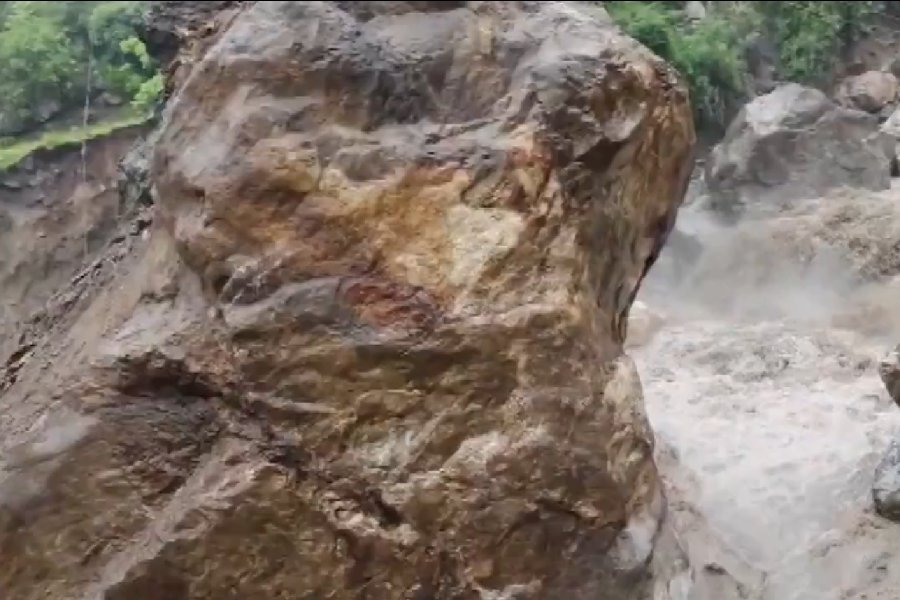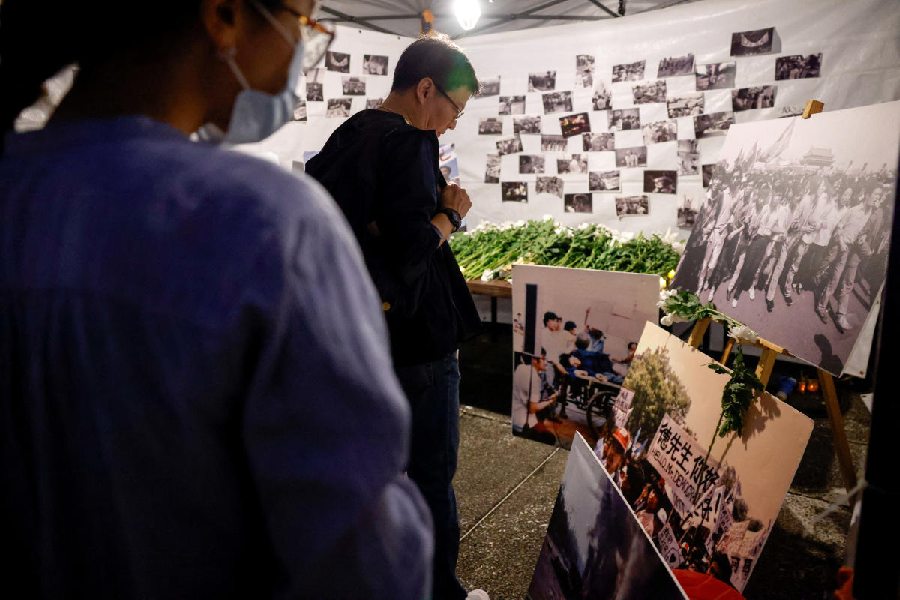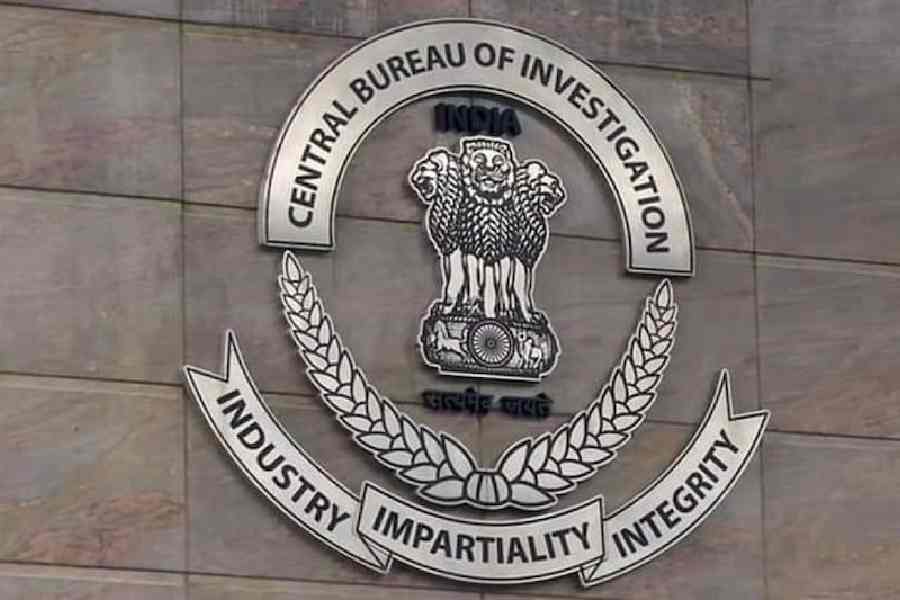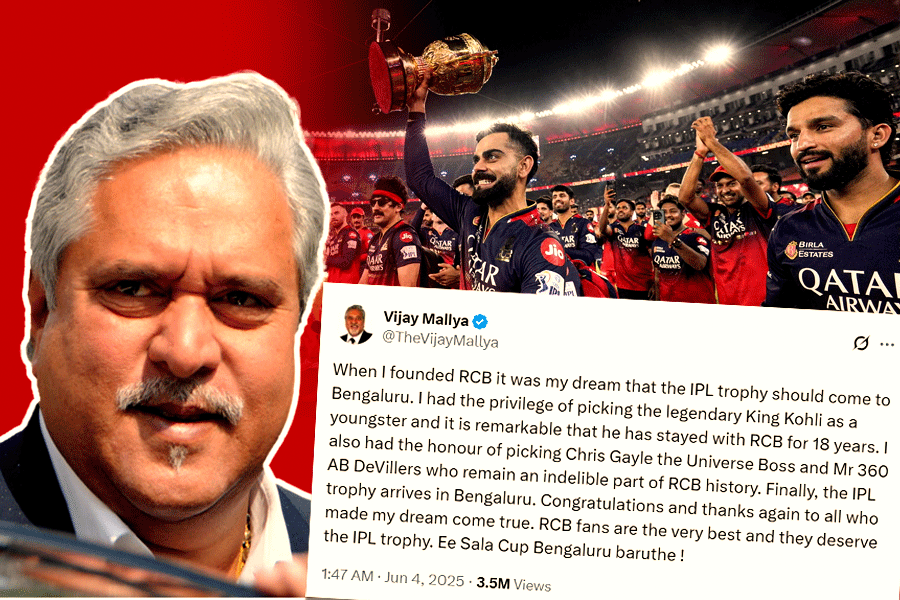Bhopal, July 13: The phone rings at 2.40 on a cloudy afternoon. It is Raj Bhavan. Salim Mamun leaves in a hurry and is back within an hour, with a ghoda pachchad or common krait.
The phone rings again a little later. This time it is the chief minister’s bungalow. Salim’s mission: to trap a gilheriya slithering among the foliage on picturesque Shyamla Hills, perilously close to Digvijay Singh’s residence.
Mohammad Salim, or Salim Mamun as he is better known, is a snake catcher who merits a listing along with other public services on the pages of the local dailies. He has trapped nearly 30,000 snakes in the last 18 years and has saved many humans (with snakebites) and reptiles from each other.
The snake catcher is a snake lover, too. Every month, he travels to the hill resort of Panchmarhi in a jeep packed with sacks and jars holding several species of serpents, like the Fit Viper, the Branded Krait, the Sea Snake or the King Cobra. He “releases” them in the Matkuli forest.
He dreams of setting up a snake park in the Lake City, but regrets that though the chief minister, governor and others are never short of praise for him, they have done little to fulfil his goal.
His frustration is all the more bitter as it has been a case of “so close, yet so far”. In November 2000, Digvijay sent him and two state officials to the Chennai Snake Park on a recce with the idea of replicating it in Bhopal. Though the team suggested an initial grant of Rs 20 lakh was enough to kickstart the project, red tape in the municipal corporation and the state secretariat blocked the scheme that had the potential to become a tourist attraction.
But these days Salim has little time to mull over what could have been. “Every year during the monsoon at least 300 people die of snakebites in and around Bhopal due to lack of awareness about the reptile,” he said. “If people are a little aware, not only human lives but the snakes can also be saved.”
Simple presence of mind can more often than not prevent untoward incidents. If one encounters a snake, tapping of a foot or a stick on the ground at some distance from it will see the snake slithering away.
“Never kill it. It is a sin,” Salim said. If a snake bites, a piece of cloth should be tied above the bite, tight enough to restrict but not totally prevent the blood flow.
Salim’s father used to treat snakebite patients and, as a child, he was never scared of snakes. “I caught my first snake at the age of 14. As a youngster, I would often go to the numerous lakes and ponds dotting the city to fish, but I would end up catching some snakes,” he said.
Now he keeps the trapped snakes in his dispensary, Sarp Dank Chikitsa Kendra, for few days, feeding them rats and frogs, before releasing them in the Matkuli forests.
Though he claims that catching snakes is really simple, the work has its share of hazards. Cobras have bitten him thrice, the last time this February. “I had a close brush with death every time I was bitten,” he said, adding that the herbs he uses to treat others saved his life.
A Muslim, Salim reveres the cobra like many Hindus. “God is present in the cobras,” he said. His belief stems from the fact that on many occasions he has trapped cobras, put them in baskets from which there was no chance of escape and yet the snakes have disappeared.
“Such things are only possible because of supernatural powers, which some cobras possess,” he said.
Salim’s disappointment about the snake park is matched only by his abhorrence of snake charmers, who de-fang snakes to show they are handling deadly species.
“My heart bleeds for the thousands of cobras that die every year after the Nag Panchami festival. Ahead of the festival, snake charmers take out the poison sacs from the mouths of cobras, leading to gangrene and a painful death. It should be banned and immediately stopped,” Salim said.


